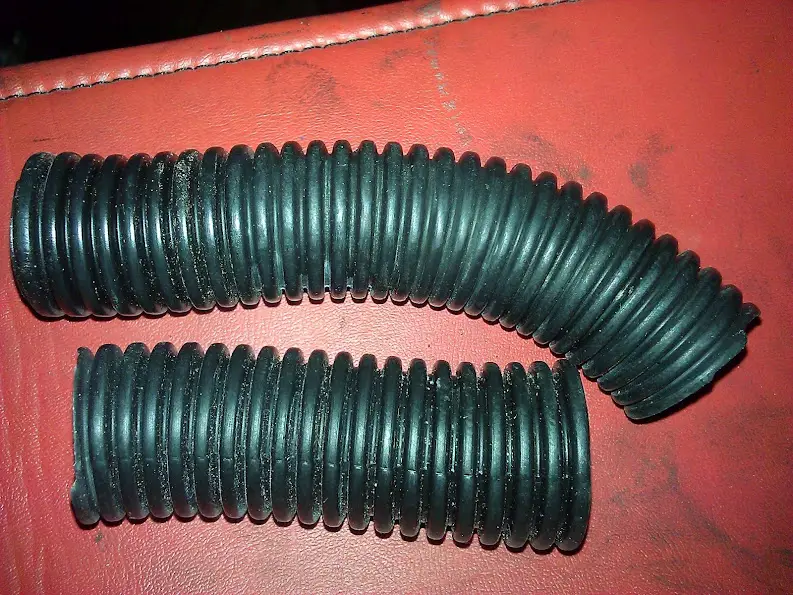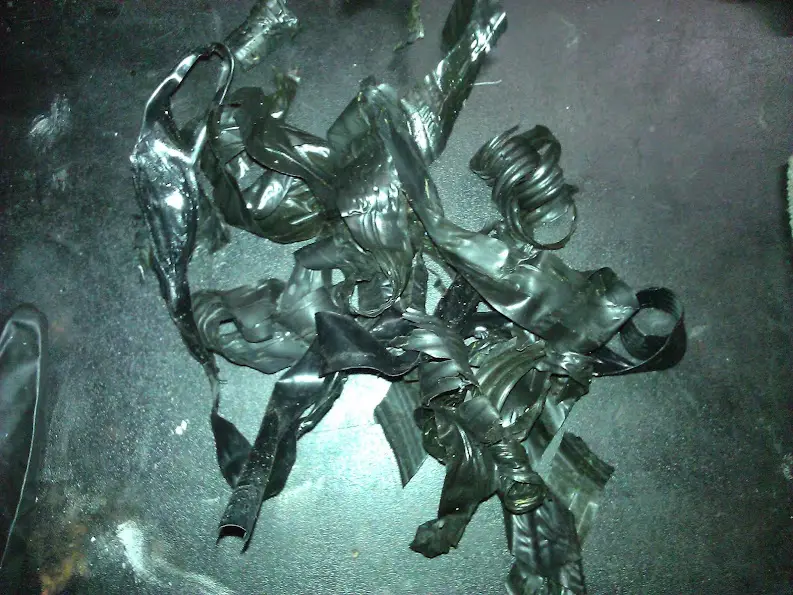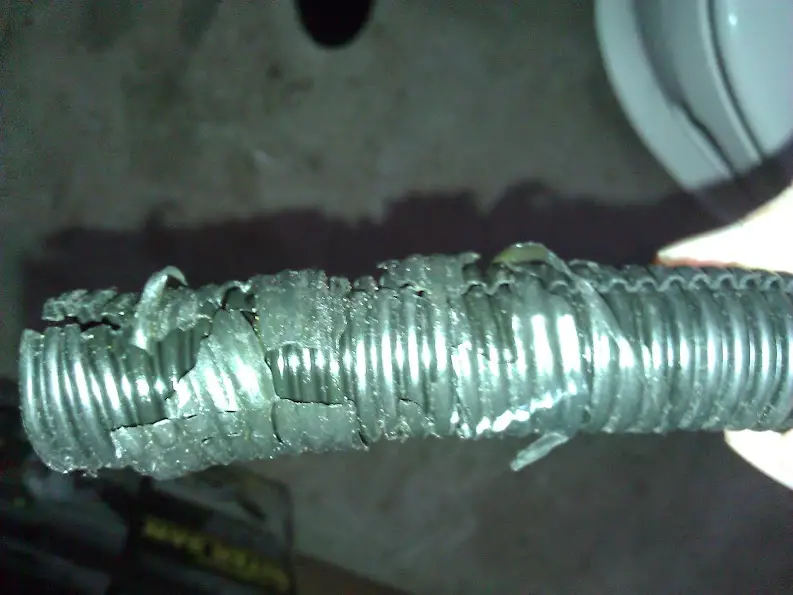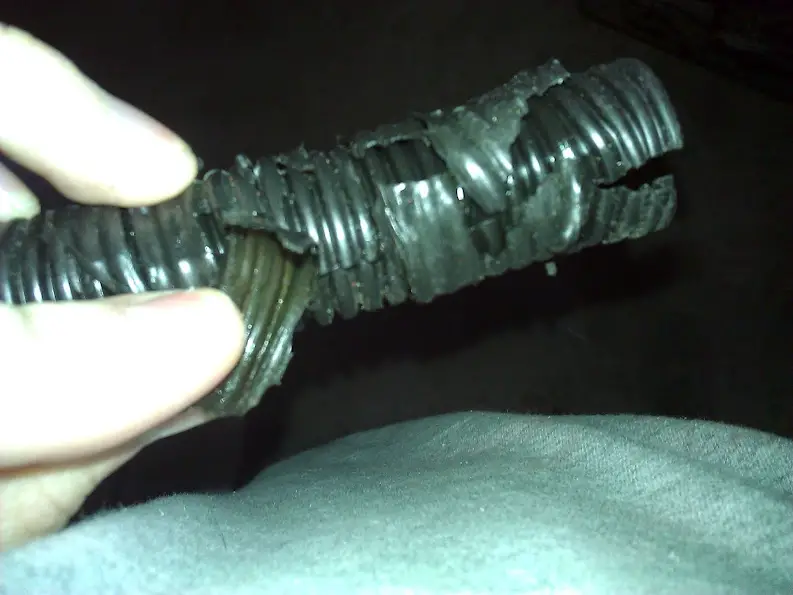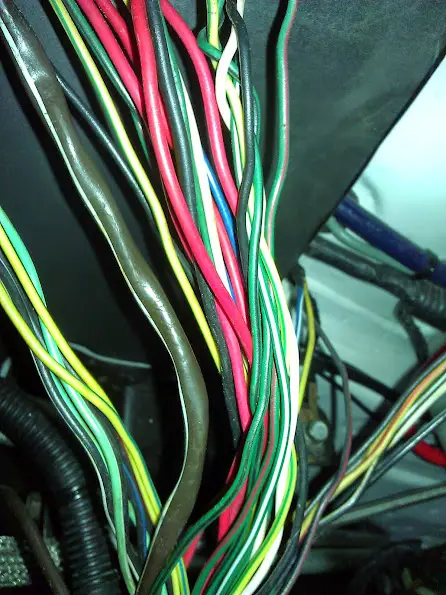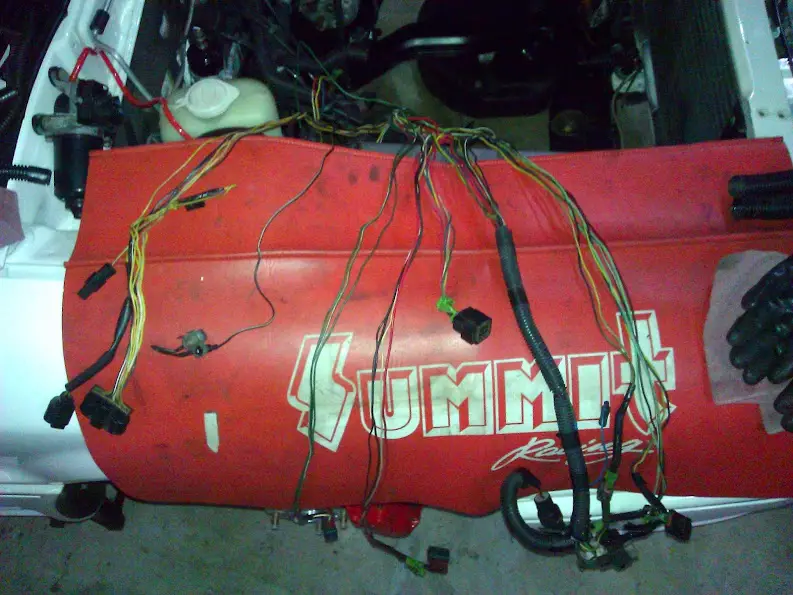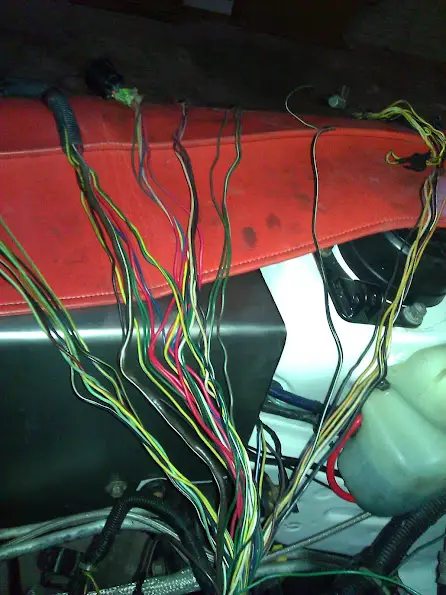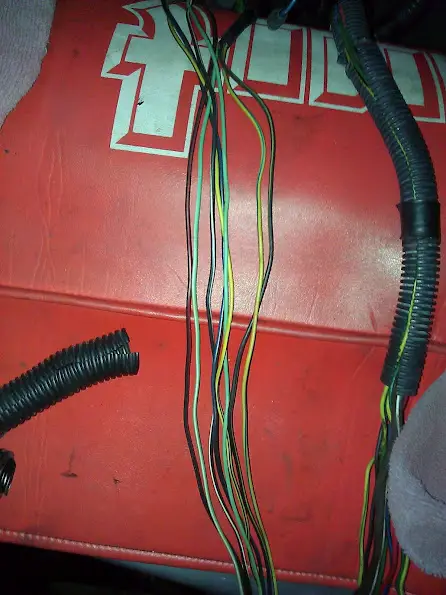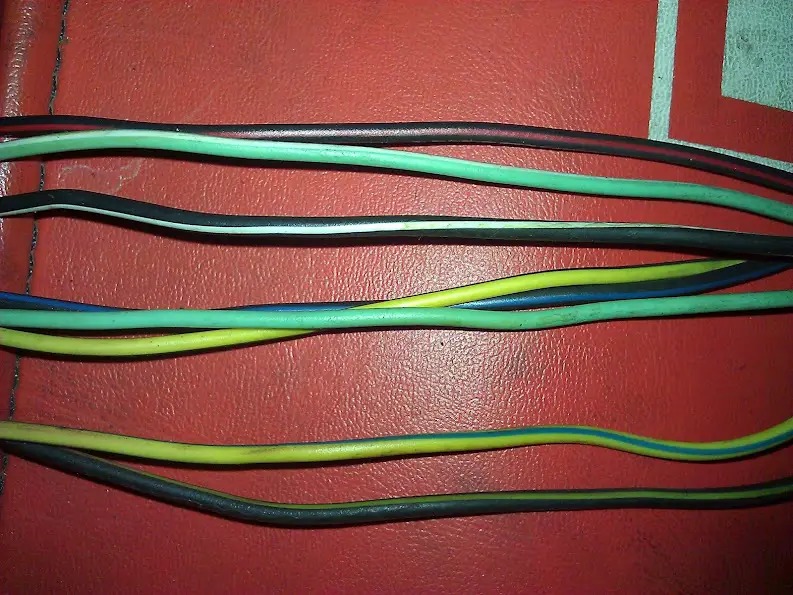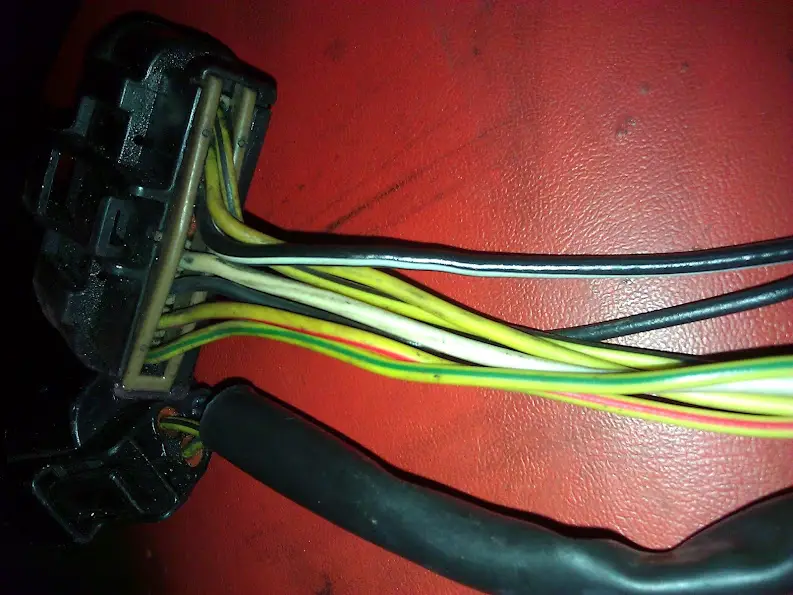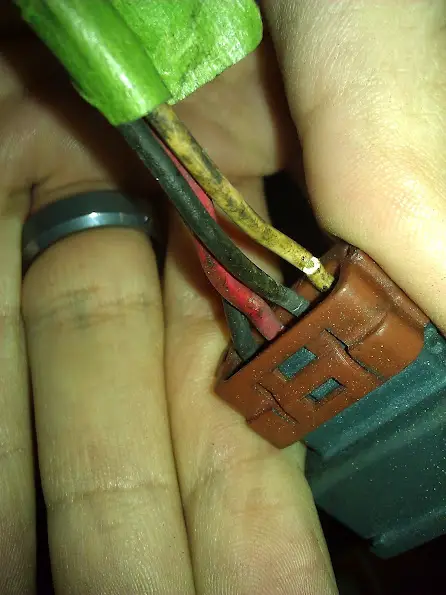Quoting bradrs:
What surprises me is you see the evidence of what 25 years underhood has done to the loom, and you don't think it had any adverse affects on the wires.
I don't think that. I can only speak for the condition of my harness specifically. I've seen plenty of places where the harness needed attention, and I've addressed them. Overall though, just as Pot said, ~98% of my harness is in great shape. In regard to the condition of the loom; if you have an example of 25 year old tape that doesn't look like sh*t, I'd love to see it. Expose tape and split loom to 25 years of wear and tear (even under modest conditions) and it will start to fall apart and look like sh*t in places. I guarantee it.
Quoting bradrs:
The wire loom doesn't protect the wire from heat cycles, it only provides some mechanical protection. But that same loom also can damage the wires.
Corrosion that appear to start at exposed connectors(and there are quite a few unsealed connectors underhood) will work their way up the wires. Underhood chemicals will affect the wire sheathings over time. Vibration will have it's way with the in harness splices. Over time the wire and sheathing will lose flexibility.
I'm assuming when you mention heat cycles, you mean radiant heat from the loom being exposed to under hood conditions (such as from other engine components), not actually heat caused by current moving through the wire.
If we are on the same page about radiant heat, the Raychem DR-25 does provide a heat barrier, and it is also chemical resistant. It's not bulletproof, but it provides far more protection than tape and ribbed split loom ever could. OEMs use tape and split loom because it's cheap, and works well for what it is.
I'm not sure how many DSM-like harness you've had you hands on, but every one I've ever touched suffers from the same issues. Some of the more common problems/areas are:
- Connectors/wiring around the T-stat housing turn crispy and brittle
- Anywhere the loom bends, the tape and covering deteriorates
- Old style injector clips are almost always broken/loose/missing
- CAS and TPS wiring has no harness relief, so the wires get brittle and broken
- Alternator wiring usually is trashed due to common oil leaks in that area
- S terminal on the starter is usually corroded
- FPS BCS connectors are usually corroded because they get unplugged and left hanging
Below are some pictures from my car, although every DSM-like harness I've ever touched looked identical...
Here are a few pieces of ribbed split loom that actually looked pretty good. They are pretty brittle, but still functional overall:
Here's some split loom and tape that doesn't look so good:
Here's a piece of split loom that is in sad ass shape. Notice the large hole. The hole is exactly where this piece of loom was bent at about 45 degrees. As the loom is forced to bend, it puts pressure on the plastic. Over time, that pressure causes the loom to deteriorate, and fall apart (as seem in this photo). This wasn't caused by salt, dirt, or misuse. This is caused by age and time, and happens to almost all split loom I've ever seen on older vehicles:
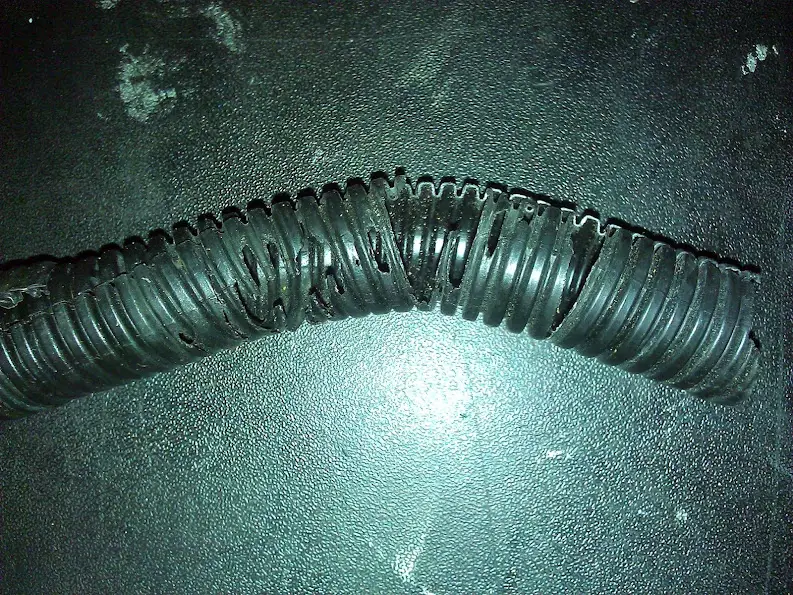
Here's a good example of what happens to plastic split loom and electrical tape when exposed to oil for long periods of time. The loom and tape get brittle, eventually deteriorating and falling apart. In this state, the tape is no longer flexible, and also no longer provides any protection from moisture or dirt. Of note, this piece of loom looked clean from the outside before I removed it. I had addressed the oil leak (from before I owned the car) in this area or the loom, and cleaned the harness. I cleaned the engine bay and entire wiring harness last time I had the motor out of the car (less than 8 months ago). However, oil had already collected between the tape and loom prior to this, which trashed it. So, even after repairing the oil leak and cleaning the harness, the loom still retained residual oil, causing it to further deteriorate:
So what does the wiring look like under that crusty piece of loom? Well, just fine, actually:
A few shots of the rest of the harness:
Good connector:
BAD connector:
In summary, I believe the Raychem covering will be a great improvement over tape and split loom. That's just my honest opinion.
